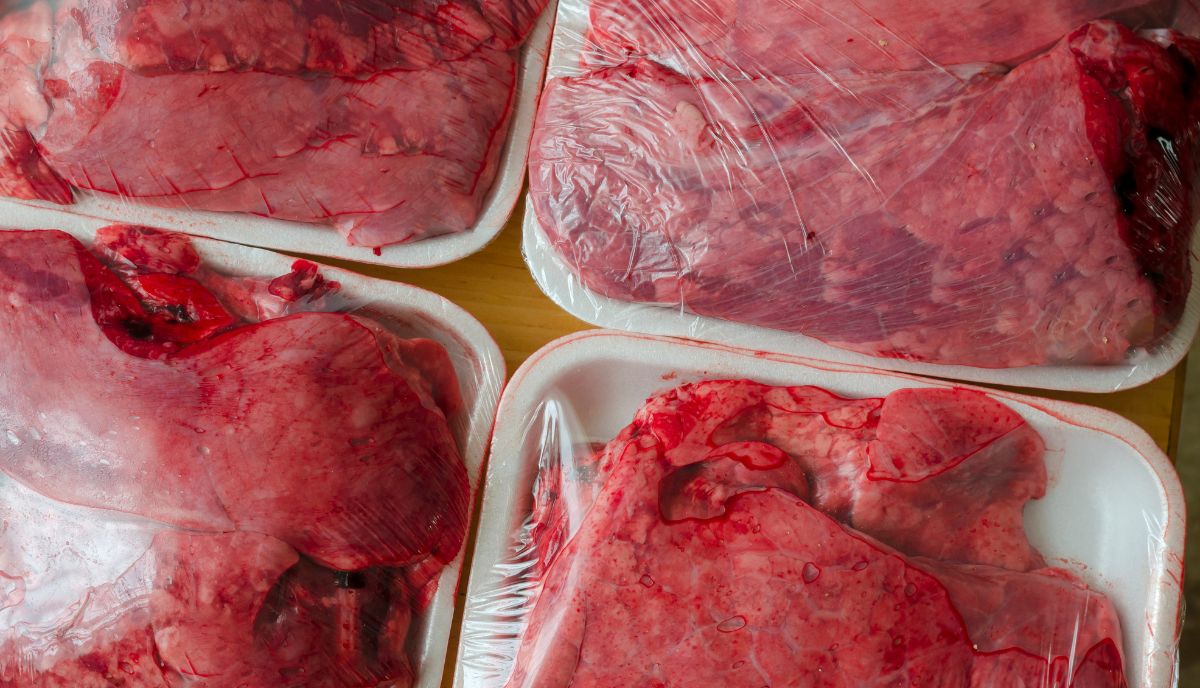
What kind of dog food do you use? Do you use homemade dog food or commercial dog food? Have you ever tried to make your own dog food? If you’ve never made your own dog food, don’t worry! This article will teach you all about making homemade beef lung dog treats and why they are so great to use in your homemade dog food recipe! Beef lung is actually an excellent source of protein, vitamins and minerals – all things dogs need to stay healthy and active. While the idea may be off-putting to some people, there are actually many ways in which you can incorporate beef lung into your dog’s diet without getting too weirded out by it. By learning about this tasty dog treat and its many benefits, you might just decide that your next trip to the pet store will include it on your list of necessities!
What is beef lung?
Beef lung is the first stomach of a cow. It is also called the paunch. The paunch contains many parts, including the omasum and abomasum, and has many digestive enzymes. Beef lungs have a large surface area and contain a lot of blood vessels which can be used to extract blood from it. This means that all of the nutrients in it are easily absorbed by dogs and humans alike.
The texture of beef lungs is much different than that of a typical dog food. It doesn’t produce as much saliva when consumed, so it’s easier on your dog’s stomach than some other types of food might be. Beef lung is easy to digest, meaning it won’t cause any type of constipation or diarrhea.
Beef lungs are very high in iron and minerals, making them an excellent source of nourishment. Dogs who don’t eat meat will benefit from this because they usually don’t get enough iron through their diet alone. Beef liver would also be a good option if your dog isn’t fond of beef lung or you’re worried about the large size.
The benefits of beef lung for dogs
- Beef lung is a great way to promote healthy lungs and respiratory systems in your dog. It’s a natural, healthy treat that will leave your pup feeling satisfied and happy! And, with so many options available on Amazon at a discounted price, there has never been a better time to try it out.
- Beef Lung is a great way to promote healthy lungs and respiratory systems in your dog.
- It’s also easily digestible so it won’t cause any stomach issues like some other types of meat might do.
- When you choose the right product you’ll be able to give your dog an all-natural diet without any nasty chemicals or preservatives in it! 4. With beef lung being such a high quality protein, it can help your furry friend maintain their muscle mass and weight during periods of less activity (such as during their shedding season).
- If you’re worried about finding a tasty enough flavor for them, don’t worry; there are tons of different flavors to choose from! From bacon flavored to BBQ flavors and more, your pal will surely find something they love.
- A common misconception is that because beef lung can be difficult for humans to digest, this means it would have the same effect on our furry friends.
How to feed beef lung to your dog?
Feeding your dog with a variety of food will ensure he/she gets all the nutrients they need. The type of food you feed your pet is up to you, but feeding them beef lung can be a great addition to their diet. Beef lung is high in protein and fat, which means it’s perfect for an athletic or working dog. Beef lungs are also relatively inexpensive at about $1 per pound. They don’t take long to cook either. They’re cooked by boiling them in water until they’re soft enough to eat (usually 10-15 minutes). You should always make sure that your meat is fully cooked before serving it to your dog as raw meat could contain harmful bacteria like salmonella or ecoli that can make him sick. And finally, avoid giving too much beef lung as some breeds may be sensitive to too much iron intake which could lead to health problems like anemia. That being said, if your pup needs to build muscle mass or if you have a dog who needs extra calories because of increased activity levels then beef lung would be a great addition to his diet!
Some things to keep in mind when feeding beef lung to your dog
- Your pup may love beef lungs. Even if they don’t, your veterinarian will be able to tell you if the lungs are a healthy food choice for your furry friend. If they are, there are some things to keep in mind when feeding them to your dog:
- Beef lungs should be boiled before serving because they can carry parasites that can make animals sick. – You might want to cut them up into smaller pieces so they’re easier for your pet to swallow. – Beef lungs can cause an allergic reaction in some dogs, so you’ll want to make sure there’s no allergy before offering it as a treat. – Beef lungs have very few nutrients and should only be fed to pets occasionally.
- Never feed raw or undercooked meat to your animal, because it can contain bacteria that could lead to illness and disease.
- Frozen beef lungs do not have any more nutritional value than fresh ones.
- Never offer more than 1/4 pound of beef lung per day due to their lack of nutrients and high caloric content (a quarter pound is about 12 ounces). – Be careful not to overfeed your pet with other types of offal, like cow brain and cow spleen, because these organs also have low nutritional value.
- Offal comes from all parts of the animal’s body, but usually organs like kidneys and stomachs are higher in fat. Offal includes brains, livers, hearts, intestines and many other internal organs. A general rule of thumb is that meats with less bone tend to have higher fat content.
Final Thoughts
Beef lungs are a great, low-cost option to feed your dog. You can use them as a supplement to their regular dry kibble or canned food. Keep in mind that the consistency is much different than normal dog food, so it may take some time for your pup to get used to it! It’s important that you only feed a small amount at first and gradually work up if they’re not taking to the texture. If you have any other questions about feeding your pet, feel free to reach out and we’ll be happy to answer them! We hope this post was helpful to those of you who were looking for information on this topic. Be sure to come back next week for our post on transitioning from wet food to dry kibble! First sentences Remember to always cook or boil before eating or serving it to your pets













